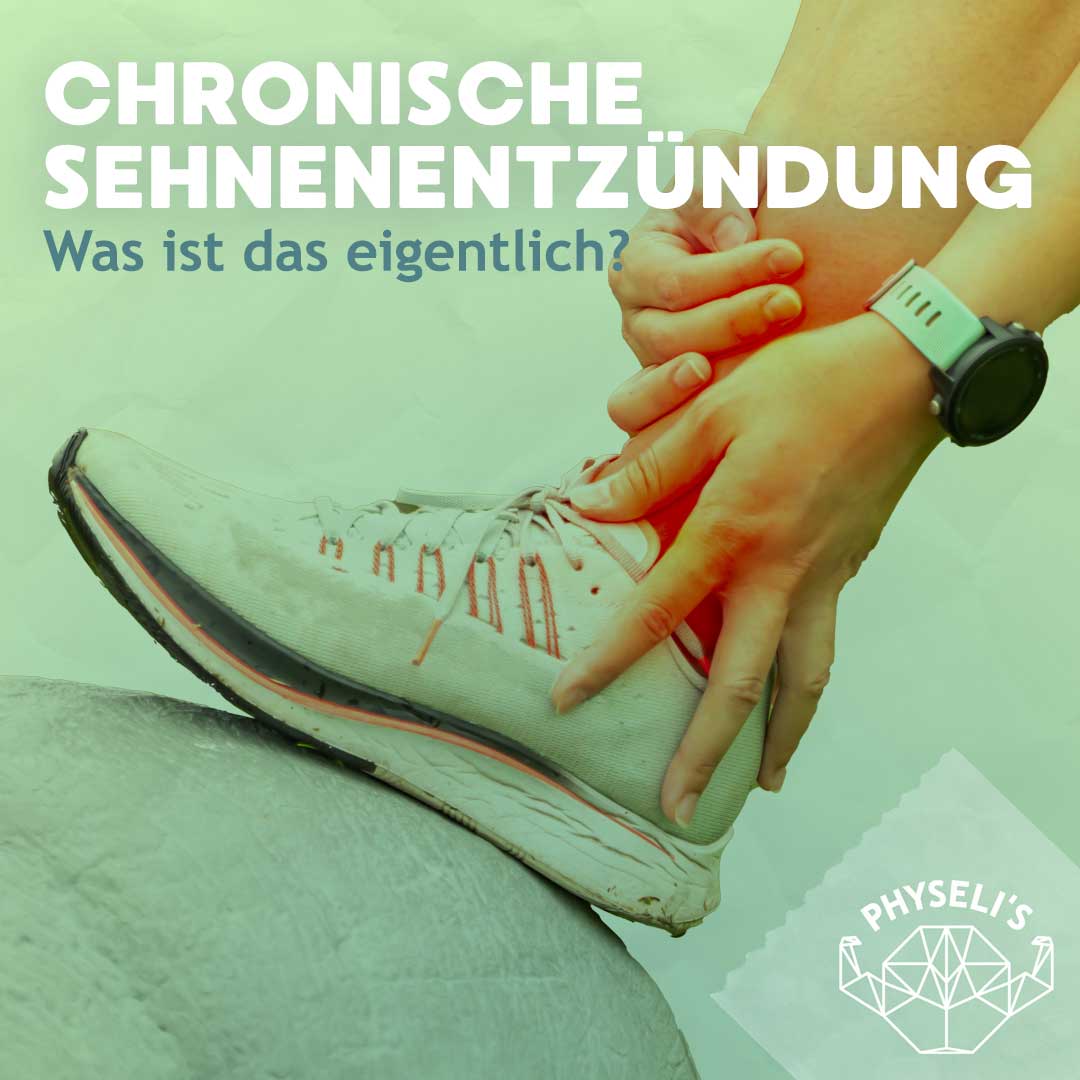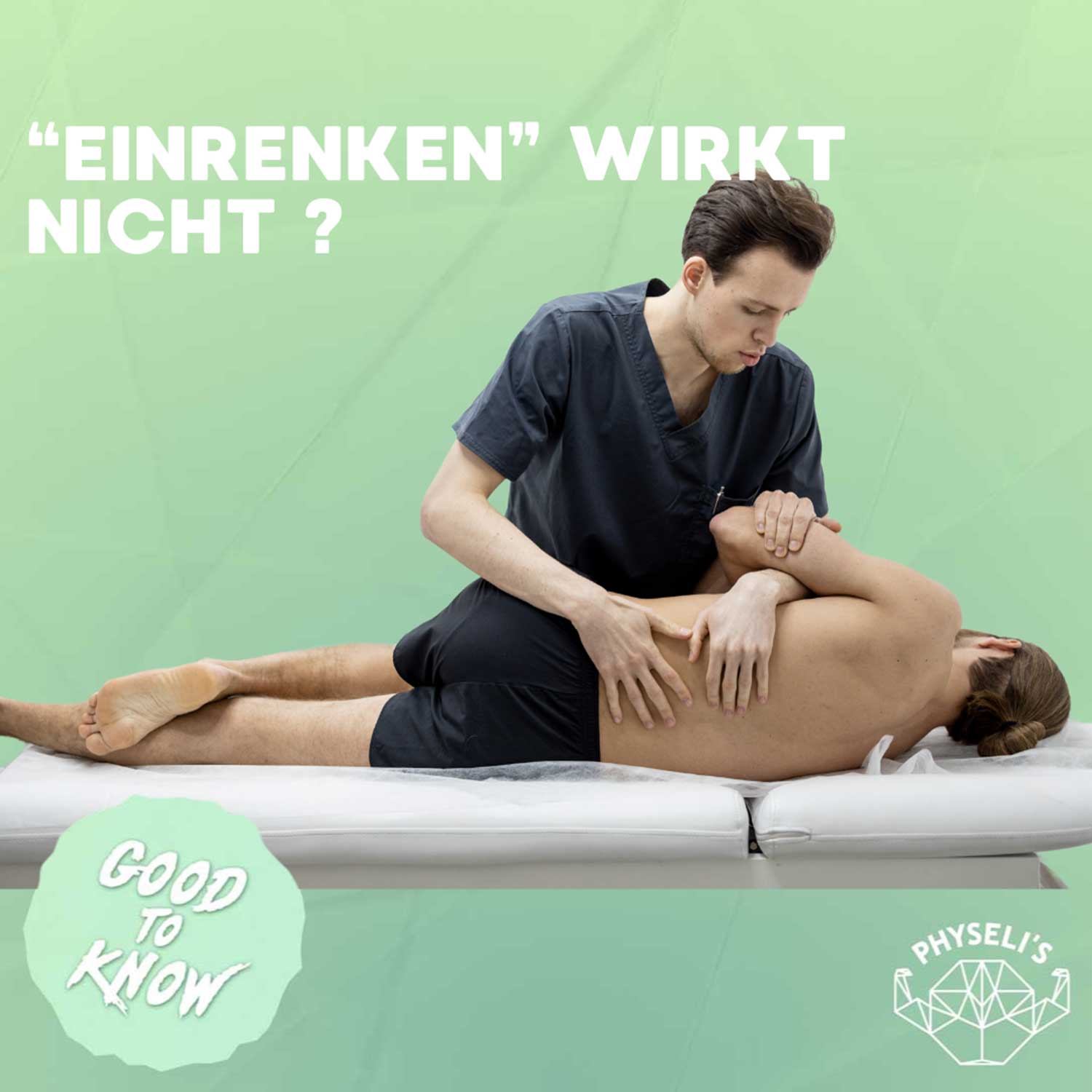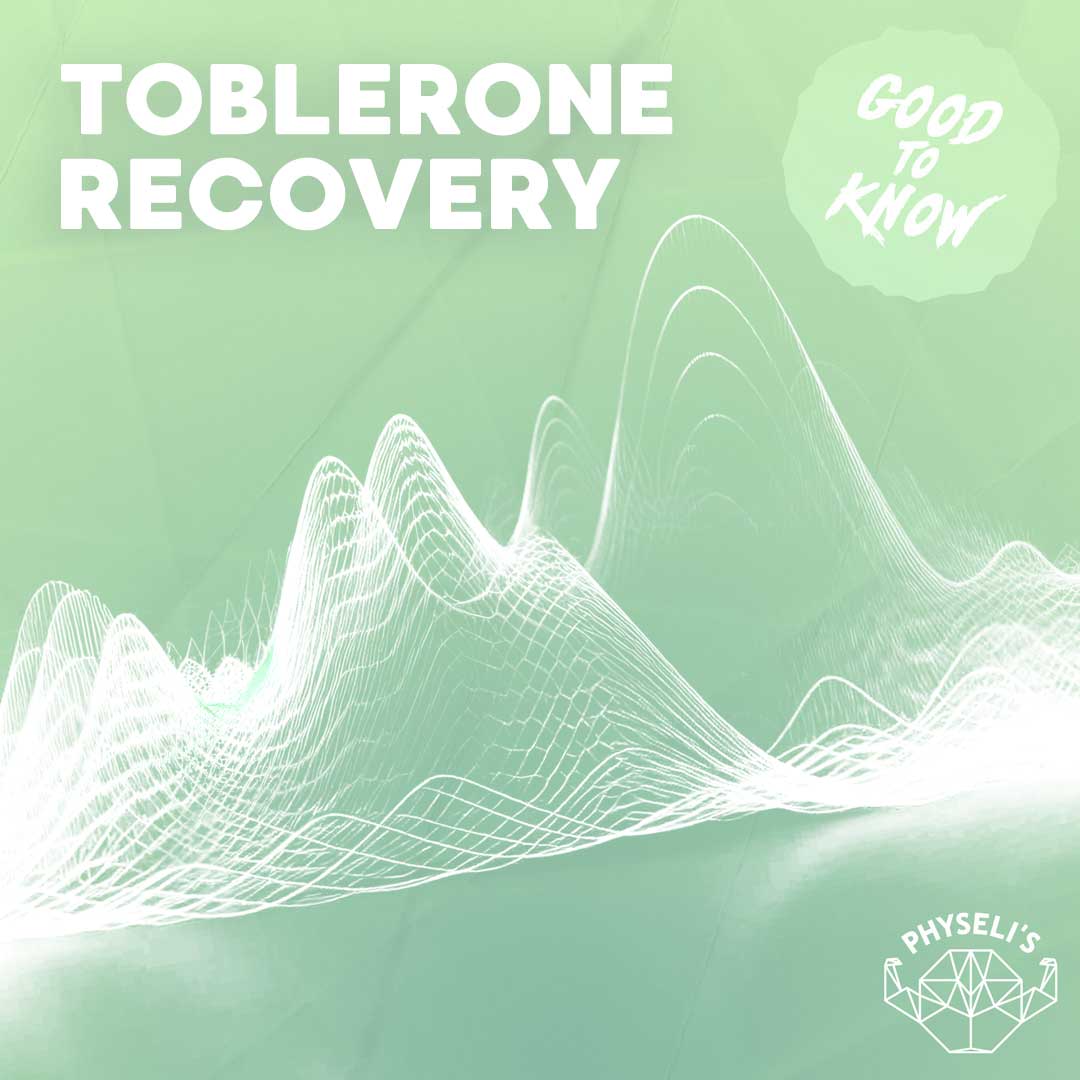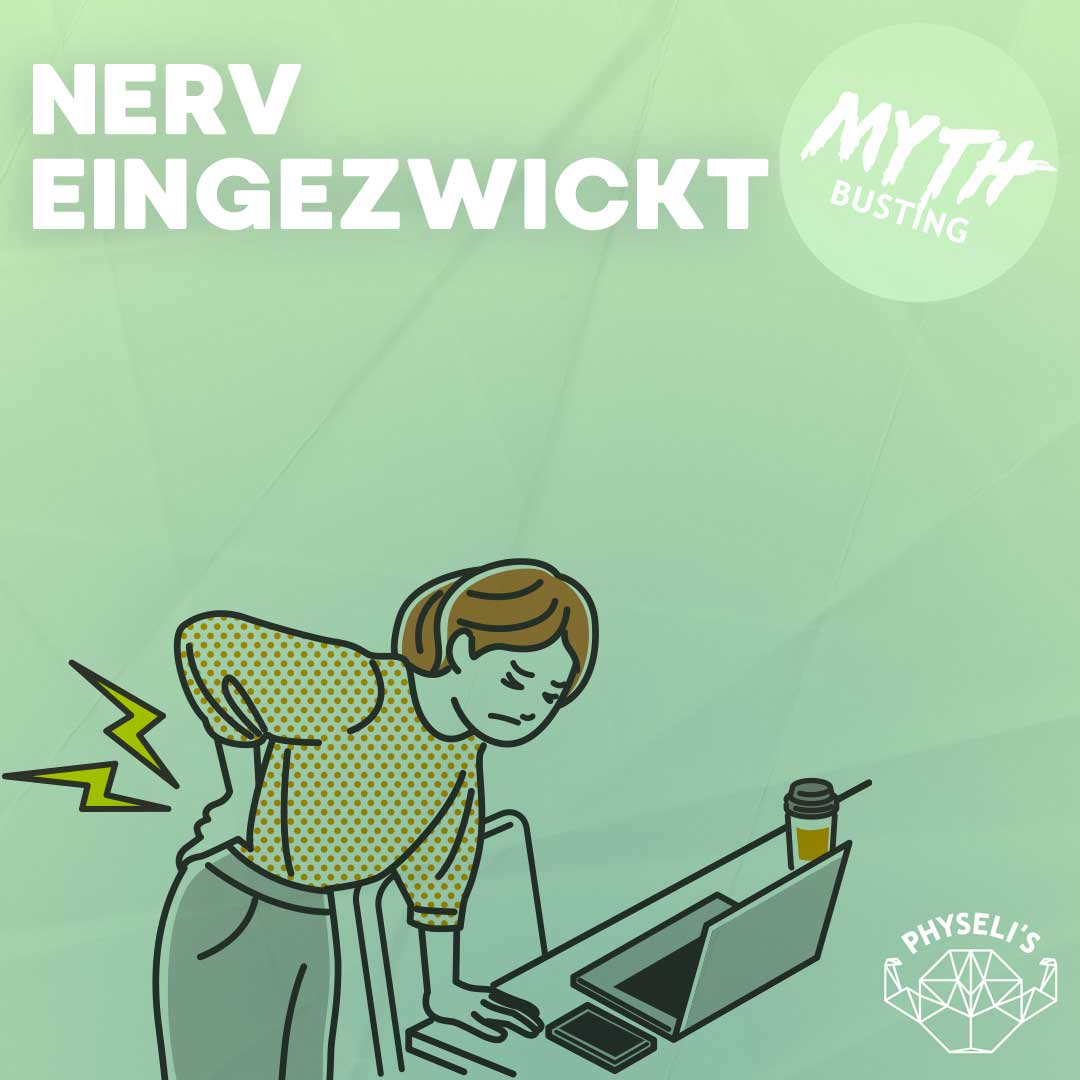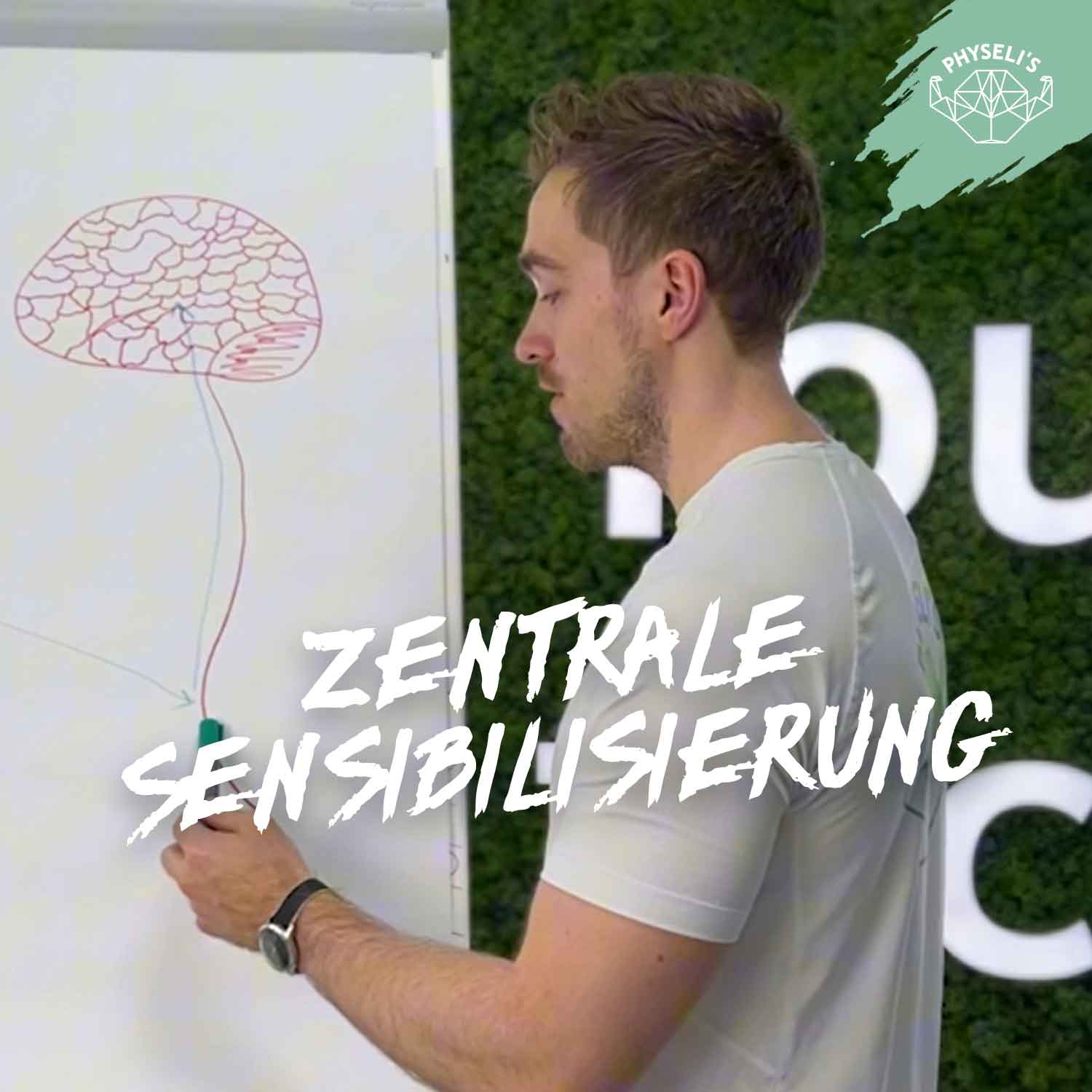Symptoms:
- Pain in the area of the tendon
- reduced load capacity
- thereby restrictions in sports and later also in everyday life
- Patellar tendinitis / Jumpers knee
- Tennis elbow
- Achilles tendonitis in the area of the rotator cuff (lmpingement)
But is it really inflammation?
Even if the symptoms are similar to those of an inflammation, this is not a pure classic inflammation, especially if the symptoms persist! Just sparing and waiting is unfortunately not the solution!
But what happens to the tendon then?
- the tendon is “stressed” (acute overload)
- the cells of the tendon (= tenocytes) produce more proteoglycans (proteoglycans bind water in various tissues in the body)
- these bind more water in the tendon
- this leads to a thickening of the tendon (the tendon appears swollen)
- this partially destroys the collagenous fibers of the tendon
- this leads to repair processes in the tendon -> a vicious circle?
Parkinson, J., Samiric, T., llic, M. Z., Cook, J., & Handley, C. J. (2011). lnvolvement of proteoglycans in tendinopathy. Journal of musculoskeletal & neuronal interactions, 11(2), 86-93.
What are the triggers?
- Overload (very long training sessions, too few breaks between training sessions, unaccustomed extra workload)
in combination with:
- Age
- Gender
- Genetics
What causes it not to get better?
- Further overload/ poor stress management
- Only sparing
Possible classification:
One can roughly distinguish between. reactive and degenerative tendopathy. Tendopathy is also the correct term here (chronic tendonitis is rather misleading).
Example:
reactive tendopathy: young athlete, overload during training
degenerative: older person, thickened tendon with “nodules” (e.g. Achilles tendon)
What can you do now? Training recommendations?
Reactive tendopathy:
- Load management: analysis and adaptation of training sessions in terms of training type, intensity, duration and frequency (e.g. more rest days between intensive training sessions, 3 days are recommended for tendon regeneration)
- It is mainly about the adaptation, if necessary temporary reduction, of intensive loads such as jumps, sprints/loads that trigger the pain.
- Strength training, cycling rarely pose a problem
Degenerative tendopathy:
- Intensive strength training (gradual, low-pain build-up, e.g. in the case of Achilles tendon tendopathy: calf raises, among other things, up to 6 Rm)
- helps to return to normal the processes in the tendon
Cardoso, T. B., Pizzari, T., Kinsella, R., Hope, D., & Cook, J. L. (2019). Current trends in tendinopathy management. Best practice & research. Clinical rheumatology, 33(1), 122- 140. https://doi.org/10.1016/j.berh.2019.02.001
Cook, J. L., & Purdam, C. R. (2009). ls tendon pathology a continuum? A pathology model to explain the clinical presentation of load-induced tendinopathy. British journal of sports medicine, 43(6), 409- 416. https://doi.org/10.1136/bjsm.2008.051193
And what else?
- Training should be the basis of therapy
- it can have an analgesic effect and also changes the tendon structurally
- Supportive, other pain relief measures can be used if necessary (e.g., medications: NSAIDs)
- Stretching can even be rather counterproductive (increased compression of the tendon)
- Friction massages can provoke the pain and do not lead to any functional improvement
Cardoso, T. B., Pizzari, T., Kinsella, R., Hope, D., & Cook, J. L. (2019). Current trends in tendinopathy management. Best practice & research. Clinical rheumatology, 33(1), 122-140. https://doi.org/10.1016/j.berh.2019.02.001
💚Do you need support with your workout, rehabilitation after injury or just want to feel more comfortable and healthy in your body overall? Check out our offer or book a free online consultation.⠀
